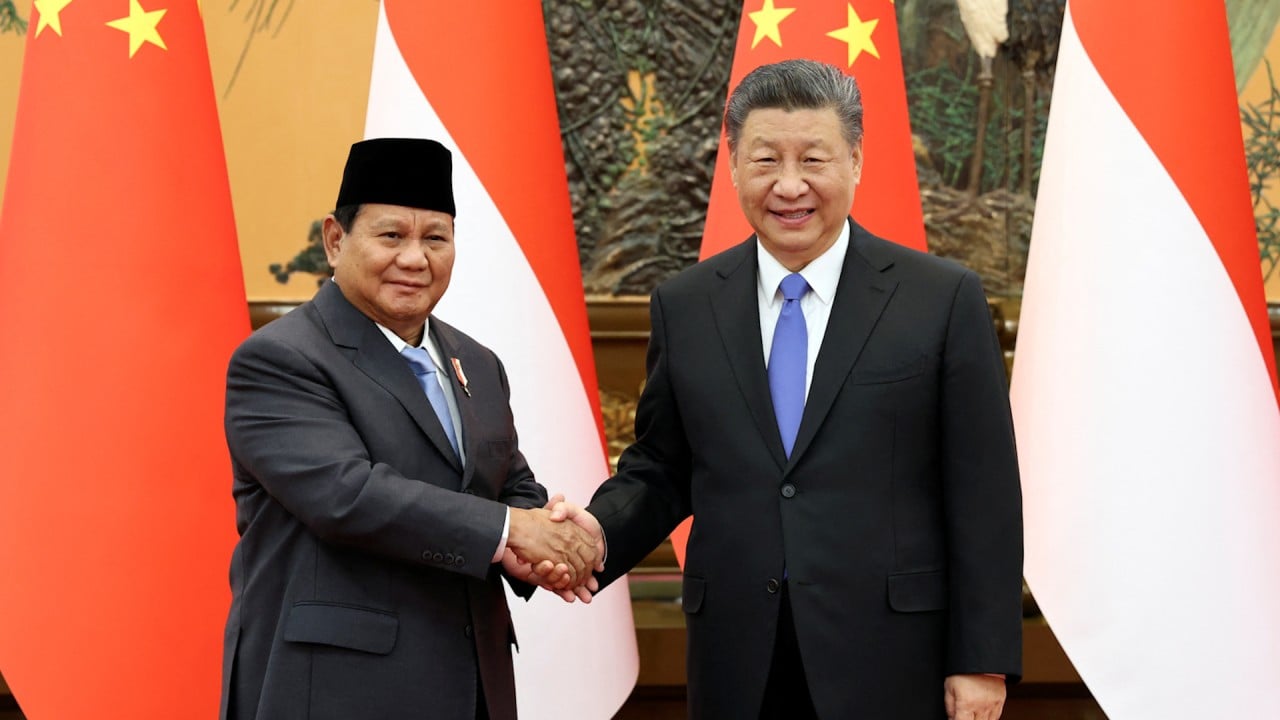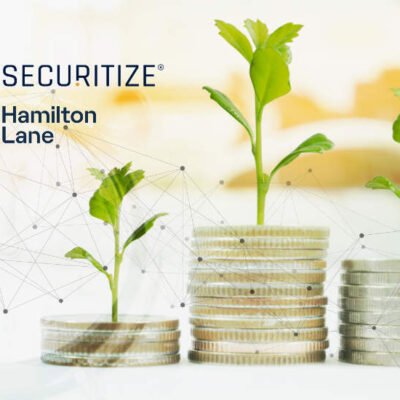“We see that global geopolitical escalation [creates] challenges for global commodity prices…,” said Arsjad.
Indonesia is a major producer of commodities such as coal, palm oil and nickel.
Despite the geopolitical challenges, Arsjad is optimistic Indonesia’s economic growth will be “solid.”
Kadin projected economic growth for all of 2024 will be around 4.9 to 5.1 per cent, driven by domestic consumption and investments. This is slightly lower than Finance Minister Sri Mulyani Indrawati’s forecast of a 5 to 5.2 per cent growth for the year.

Her comments come following the assassination of Hamas leader Ismail Haniyeh on Wednesday, which saw oil prices rise nearly 3 per cent before levelling off the next day.
Sri Mulyani expects the country’s second quarter economic growth to slow to 5 per cent, slightly down from 5.11 per cent recorded in the first quarter. The data will be released on Monday.
Siwage Dharma Negara, a senior fellow at the Singapore-based ISEAS-Yusof Ishak Institute, said the Indonesia’s economic outlook was “less optimistic” than what the government had reported.
“Consumption has been weakening due to inflation and currency depreciation, and investment has been stagnant due to weak external factors and uncertainty in domestic politics,” said Negara.
China, which is Indonesia’s biggest trade partner, continues to struggle with its economy. As such, Negara expects Indonesian exports to China to decline.
“At the same time, we expect investment from China will also decline,” he noted.
“Exports also do not look very good, given the slower global economy,” said Negara, adding that the government seems to be unable to avoid rising budget deficit and higher debt level.
Indonesia has laws mandating that the annual budget deficit cannot exceed 3 per cent of GDP and set a maximum debt-to-GDP ratio of 60 per cent of GDP.
Manggi Habir, an independent economist and former fellow at the Regional Economic Studies Programme of the ISEAS – Yusof Ishak Institute, said Indonesia’s debt-to-GDP ratio has risen to some 39 per cent.
“It’s still manageable, but [Indonesia] needs to be cautious about going up further given global market uncertainty,” he added.
Manggi said investments are currently in a holding pattern until there is clarity over Prabowo’s cabinet formation, which will come in during the last quarter of 2024.
He described the country’s economic outlook as “mixed but cautiously more good than bad.”

“Interest rates have peaked and should be trending downward next year, which is good for consumption and investment,” said Manggi.
A challenge for Prabowo is the country’s rupiah, which has fallen by almost 6 per cent against the US dollar since the end of December 2023.
It traded at 16,200 rupiah to the US dollar on Friday, a level last seen during the 1998 Asian financial crisis.
However, unlike the 1998 Asian Financial Crisis, Indonesia’s current financial indicators are healthy and stable. “So, a crisis like 1998 is unlikely to happen,” Negara said.
Kadin’s Arsjad Rajid said the rupiah’s depreciation has increased the burden of national businesses as prices of raw material, logistics and transportation have spiked, potentially disrupting supply chains. It also resulted in higher prices for consumer goods.
“We have urged businesses to continue adjusting their operations for efficiency … foreign exchange hedging … debt restructuring or converting dollar debts into rupiah … delay expansion … and seek alternative [imported] raw materials,” said Arsjad.
On the positive side, Arsjad expects the depreciation of the rupiah to benefit exporters in Indonesia’s key commodities, including palm oil, coal, and nickel. “We see that the exchange rate influence boosts the competitiveness of commodities, driving foreign exchange inflows into Indonesia …” he added.
Arsjad said Kadin will come out with a white paper on recommendations for strategic development for the new government for the period from 2025 to 2029 this October.
Prabowo will also inherit heavily indebted state-owned enterprises (SOEs) when he takes office, thanks to the various government infrastructure projects undertaken during President Joko Widodo’s 10 years in office.
“The SOEs were tasked with building several big infrastructure projects, which require significant capital costs and long payback periods,” said Negara.
Among the large infrastructure projects is the construction of the new capital, Nusantara, which is projected to cost US$32 billion.
Negara said Nusantara has drained fiscal resources as the construction of various infrastructure projects at the new capital, such as roads, airports and power plants, all require significant state resources.
“Growing SOE’s debt will affect their financial performance and eventually add extra pressure on the government’s budget. Given the tight fiscal space, the government needs to find a solution to save some highly indebted SOEs, including through privatisation,” said Negara.






